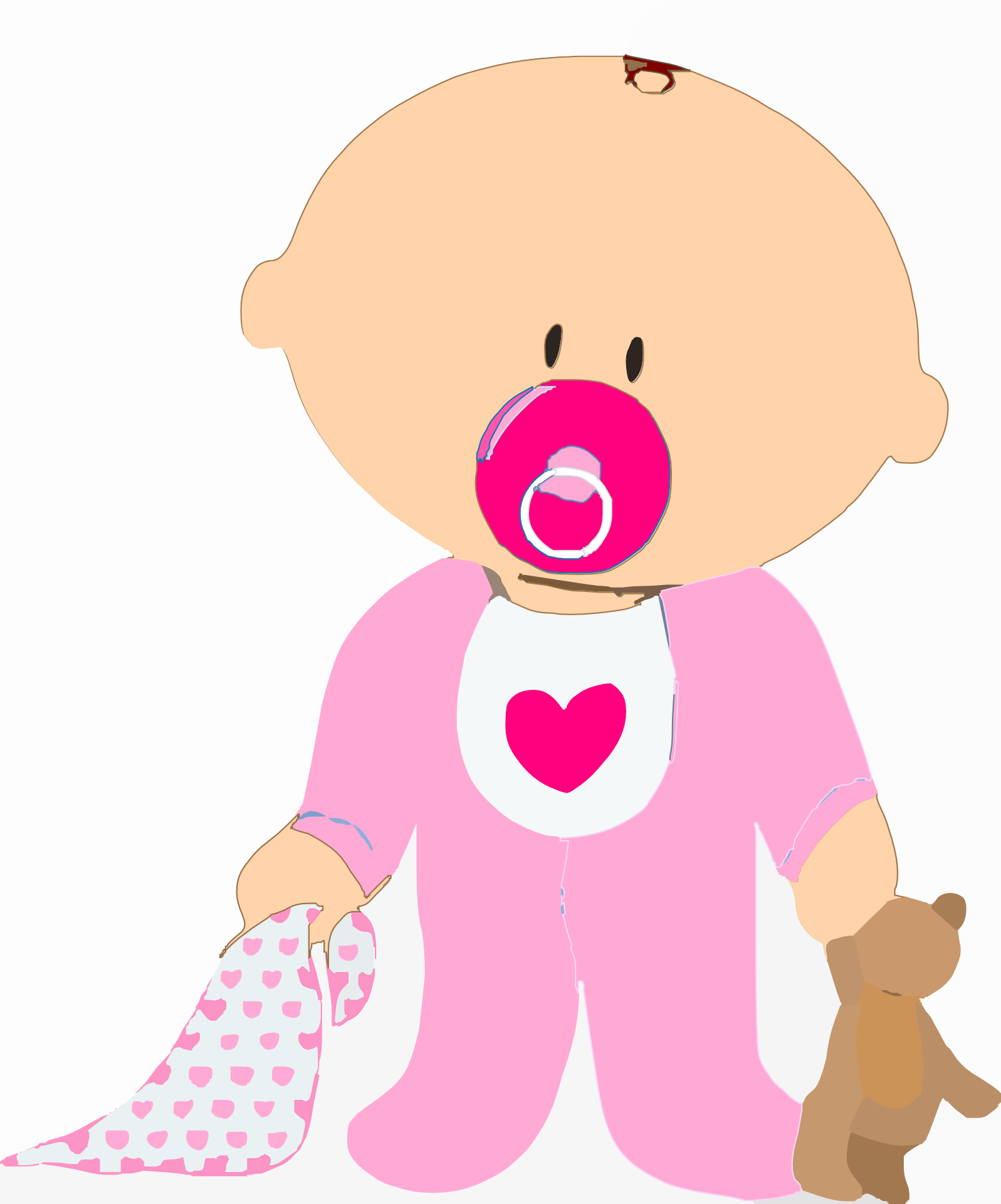A nationally recognized leader in providing caring, evidence-based therapy for kids with autism spectrum disorders, Hopebridge Autism Therapy Centers utilizes Applied Behavior Analysis (ABA) to strengthen a child’s sense of independence and self-confidence.
ABA principles emerged from behaviorism, a psychological school of thought that implements reinforcement to increase positive behaviors and teach autistic children new social and communication skills. Instead of simply “talking” to kids, ABA specialists patiently influence behavior by rewarding desired behavior. This technique is called positive reinforcement.
What is Positive Reinforcement?
Before clinicians at Hopebridge Autism Therapy Centers employ a particular positive reinforcement approach to a child, they first determine the antecedent that caused the undesired behavior. In ABA terms, an antecedent is something that triggers the behavior, such as a sound, toy, verbal request, or other provoking elements in the child’s environment.
The behavior resulting from the antecedent can be a lack of a response or an undesired response. For example, Chloe is a 10-year-old girl with an autism spectrum disorder. Whenever she is asked to pick up her toys after playtime, she ignores the request and walks away from her toys. Although her clinician asks her several times to put her toys away, Chloe will sit with her arms folded and say nothing. The antecedent, in this case, is the teacher asking her to pick up her toys. The resulting behavior is her refusal to respond to the request.
The introduction of a reinforcing (positive) stimulus designed to promote desired behavior serves as positive reinforcement in this scenario. Positive reinforcement should immediately follow the behavior while the triggering episode is still fresh in the child’s mind.
The type of positive reinforcement chosen by a Hopebridge Autism Therapy Centers clinician is always something favorable to the child. In Chloe’s case, her clinician decided to begin using an ABA technique called “token economy“. Tokens are things with no intrinsic value but can be exchanged for a reward. Stickers, collecting pennies in jars, or charts mapping a child’s “race” to the finish line with thumbtacks are examples of tokens. When a specific milestone is reached, the child receives a reward.
Chloe’s clinician involved the whole class in influencing Chloe’s behavior. Picking up their toys after being asked just one time resulted in each child receiving a sticker on a posterboard containing all their names. At the end of the week, each child who picked up their toys without being told twice received a Spongebob ink pen.
At the end of the second week, the children received a small jar of Play-doh. By the end of the third week, Chloe observed the other kids receive rewards while she received nothing. Although it took her longer than the other children to pick up her toys, she ultimately began completing the task on her own.
What Research Says About the Effectiveness of Applied Behavior Analysis
The efficacy of ABA techniques has been clinically proven by the results of 35 years worth of peer-reviewed studies. An impressive amount of literature clearly indicates that positive reinforcement and other ABA principles significantly improve the communication, social, functional, and cognitive skills of children with autism spectrum disorders.
Although positive reinforcement, token economy, and other ABA techniques appear simple to use on the surface, they require licensed Board Certified Behavior Analysts who are experienced and qualified to successfully implement these techniques.
Because caregivers know their child more than anyone else, Hopebridge clinicians help guide the plan of care by sharing what is significant within your family. Toilet training, communication and decreasing tantrums are common goals. Hopebridge clinicians frequently meet with caregivers to review their child’s plan of care and therapy progress.
Hopebridge Autism Therapy Centers provide compassionate and highly skilled clinicians who can identify and distinguish from a variety of environments and motivations that may influence counter productive behaviors in children with autism spectrum disorders.
Interested ABA therapy?
Visit hopebridge.com to learn more about autism therapy services for your child.
This is a Contributor Post. Opinions expressed here are opinions of the Contributor. Influencive does not endorse or review brands mentioned; does not and cannot investigate relationships with brands, products, and people mentioned and is up to the Contributor to disclose. Contributors, amongst other accounts and articles may be professional fee-based.

